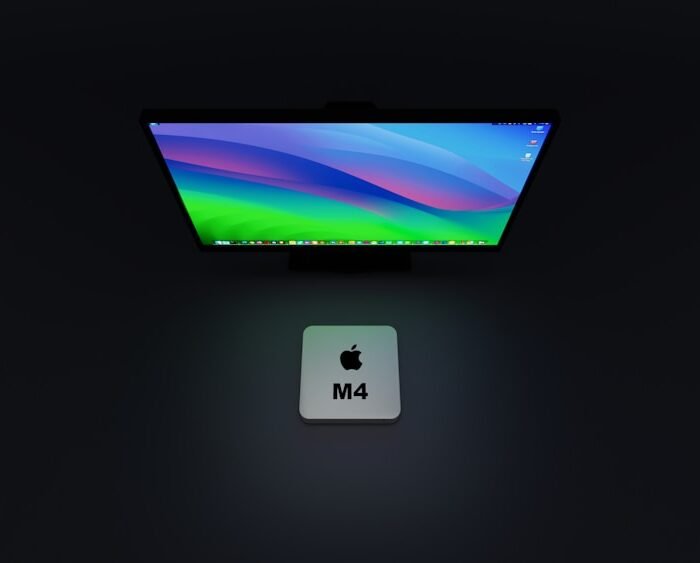When it comes to campfire cooking, the type of grill grate used can significantly impact the cooking experience. There are various types of grill grates available, each with distinct characteristics and advantages. The traditional cast iron grate is a popular choice for campfire cooking due to its durability and heat retention properties, making it well-suited for open-flame cooking.
Another option is stainless steel grill grates, which are lightweight and easy to clean, making them a convenient choice for campfire cooking. Additionally, porcelain-coated grill grates offer a non-stick surface that is easy to clean and maintain. Beyond these traditional options, there are also specialized grill grates designed for campfire cooking.
For instance, adjustable grill grates allow for height adjustments to control heat intensity. Grill grates with built-in handles facilitate easy transport and maneuvering over the campfire. By understanding the different types of grill grates available, individuals can select the most suitable option for their specific campfire cooking needs.
Key Takeaways
- Cast iron grill grates are durable and provide even heat distribution for campfire cooking.
- Stainless steel grill grates are lightweight and easy to clean, making them a convenient option for outdoor cooking.
- Consider the size and shape of the grill grate to ensure it fits your campfire cooking needs.
- Regularly clean and maintain your campfire grill grate to prolong its lifespan and prevent rusting.
- Experiment with different grill grate materials and techniques to enhance your campfire cooking experience.
How to Choose the Right Grill Grate for Your Campfire Cooking Needs
When it comes to choosing the right grill grate for your campfire cooking needs, there are several factors to consider. One of the most important considerations is the size of the grate. You’ll want to choose a grate that is large enough to accommodate the amount of food you plan to cook, but not so large that it becomes difficult to handle over the campfire.
Additionally, you’ll want to consider the material of the grate. Cast iron grates are known for their ability to retain heat, while stainless steel grates are lightweight and easy to clean. Consider your specific cooking needs and preferences when choosing the material of your grill grate.
Another important factor to consider when choosing a grill grate for campfire cooking is the shape of the grate. Some grates are square or rectangular, while others are round. The shape of the grate can affect how evenly your food cooks, so it’s important to choose a shape that will work best for your specific cooking needs.
Additionally, you’ll want to consider any additional features that may be important to you, such as adjustable height or built-in handles. By carefully considering these factors, you can choose the right grill grate for your campfire cooking needs.
Tips and Tricks for Using Grill Grates for Campfire Cooking
Once you’ve chosen the right grill grate for your campfire cooking needs, there are several tips and tricks you can use to make the most of your cooking experience. One important tip is to preheat your grill grate before adding any food. Preheating the grate will help prevent sticking and ensure that your food cooks evenly.
Additionally, it’s important to oil the grate before adding any food to prevent sticking and make cleanup easier. Another important tip for using grill grates for campfire cooking is to use indirect heat when cooking larger cuts of meat or thicker foods. By placing the food on the outer edges of the grate, away from the direct heat of the flames, you can ensure that it cooks evenly without burning.
Additionally, it’s important to monitor the temperature of your grill grate while cooking over a campfire. Use a thermometer to ensure that the grate reaches the desired temperature for your specific recipe.
The Best Materials for Campfire Grill Grates: Pros and Cons
When it comes to choosing the best material for your campfire grill grate, there are several options to consider, each with its own pros and cons. Cast iron grill grates are known for their durability and ability to retain heat, making them an excellent choice for campfire cooking. However, cast iron grates can be heavy and require more maintenance than other materials.
Stainless steel grill grates are lightweight and easy to clean, making them a convenient choice for campfire cooking. However, stainless steel grates may not retain heat as well as cast iron grates. Another popular option for campfire grill grates is porcelain-coated grates.
These grates offer a non-stick surface that is easy to clean and maintain, making them a convenient choice for campfire cooking. However, porcelain-coated grates may not be as durable as cast iron or stainless steel grates. By carefully considering the pros and cons of each material, you can choose the best option for your specific campfire cooking needs.
Cleaning and Maintaining Your Campfire Grill Grate for Longevity
Properly cleaning and maintaining your campfire grill grate is essential for ensuring its longevity and performance. After each use, it’s important to clean your grill grate thoroughly to remove any food residue and prevent rust or corrosion. Use a wire brush or grill scraper to remove any stuck-on food particles, and then wash the grate with warm, soapy water.
Be sure to dry the grate thoroughly before storing it to prevent rust. In addition to regular cleaning, it’s important to properly maintain your campfire grill grate to ensure its longevity. If you have a cast iron grate, it’s important to season it regularly with oil to prevent rust and maintain its non-stick surface.
For stainless steel or porcelain-coated grates, be sure to inspect them regularly for any signs of wear or damage, and replace them as needed. By properly cleaning and maintaining your campfire grill grate, you can ensure that it will continue to perform well for years to come.
Enhancing Your Campfire Cooking Experience with the Right Grill Grate
Choosing the right grill grate for your campfire cooking needs can greatly enhance your overall cooking experience. The right grill grate can help you achieve perfectly cooked food with delicious flavor and texture. Whether you prefer a traditional cast iron grate for its ability to retain heat or a lightweight stainless steel grate for its convenience, choosing the right grate can make all the difference in your campfire cooking experience.
In addition to choosing the right material and size of your grill grate, there are also additional features that can enhance your campfire cooking experience. For example, adjustable height grates allow you to control the intensity of the heat, while grates with built-in handles make it easier to transport and maneuver over the campfire. By carefully considering these features and choosing the right grill grate for your specific needs, you can greatly enhance your campfire cooking experience.
Exploring Creative Campfire Cooking Techniques with Different Grill Grates
Once you have chosen the right grill grate for your campfire cooking needs, there are countless creative techniques you can explore to take your outdoor cooking to the next level. For example, using a cast iron grill grate allows you to achieve beautiful sear marks on your food while retaining moisture and flavor. Additionally, using a stainless steel grate allows you to easily cook delicate foods such as fish or vegetables without sticking.
In addition to traditional grilling techniques, there are also creative ways to use your grill grate for campfire cooking. For example, using a cast iron skillet on top of your grill grate allows you to cook a wider variety of foods while still achieving that delicious smoky flavor from the campfire. Additionally, using a rotisserie attachment on your grill grate allows you to cook larger cuts of meat evenly over an open flame.
By exploring these creative techniques with different grill grates, you can take your campfire cooking to new heights. In conclusion, choosing the right grill grate for your campfire cooking needs is essential for achieving delicious results with outdoor cooking. By understanding the different types of grill grates available and carefully considering factors such as size, material, and additional features, you can choose the best option for your specific needs.
With proper cleaning and maintenance, your campfire grill grate can continue to perform well for years to come, enhancing your overall cooking experience. Whether you prefer traditional cast iron grates or lightweight stainless steel grates, there are countless creative techniques you can explore with different grill grates to take your outdoor cooking to new heights. With the right grill grate by your side, you can unleash your inner chef and create delicious meals over an open flame during your next camping trip or outdoor adventure.
FAQs
What are the best grill grates for campfire cooking?
The best grill grates for campfire cooking are typically made of durable materials such as stainless steel or cast iron. They should be able to withstand high heat and provide even cooking.
What should I look for in a grill grate for campfire cooking?
When choosing a grill grate for campfire cooking, look for one that is sturdy, easy to clean, and has a good surface area for cooking. It should also be portable and easy to transport.
Are there different types of grill grates for campfire cooking?
Yes, there are different types of grill grates for campfire cooking, including flat grates, adjustable grates, and grates with different surface patterns such as ridges or bars.
How do I care for and maintain grill grates for campfire cooking?
To care for and maintain grill grates for campfire cooking, it’s important to clean them after each use, season them regularly if they are made of cast iron, and store them in a dry place to prevent rusting.
Can I use a regular grill grate for campfire cooking?
While it is possible to use a regular grill grate for campfire cooking, it’s best to use one specifically designed for campfire use, as they are often more durable and better suited for high heat cooking.













